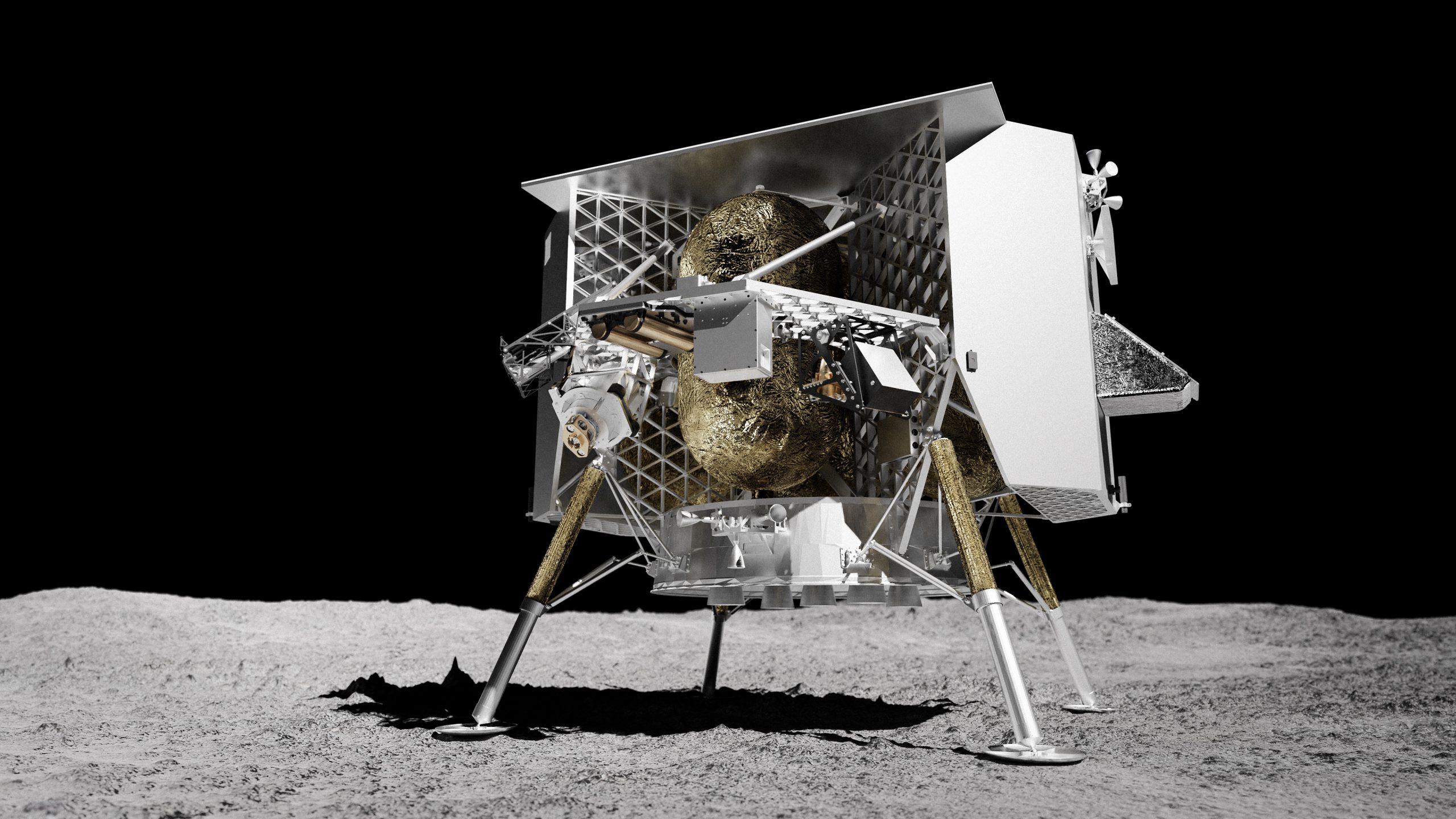A US spacecraft aiming to become the first American mission in 51 years to complete a soft touch-down on the Moon, has launched from Cape Canaveral, Florida.
It’s also the first-ever launch by a private company on a space race to make deliveries for NASA and other customers.
Astrobotic Technology’s robotic lander, called Peregrine 1, carries five scientific instruments that will study the Moon’s surface environment ahead of human missions later this decade.
The brand-new rocket caught a ride on United Launch Alliance’s Vulcan. The Vulcan streaked through the Florida predawn sky, putting the spacecraft on a roundabout route to the Moon that should culminate with an attempted landing on February 23.
“So, so, so excited. We are on our way to the moon!” Astrobotic chief executive John Thornton said.
The Pittsburgh-based company aims to be the first private business to successfully land on the Moon, something only four countries have accomplished to date.
Its contract for the Peregrine lander is just under €1 million.
But a Houston company also has a lander ready to fly and could beat it to the lunar surface, taking a more direct path.
“First to launch. First to land is TBD,” to be determined, Thornton noted.
NASA gave the two companies millions to build and fly their own lunar landers.
The last time the US launched a moon landing mission was in December 1972 with Apollo 17’s Gene Cernan and Harrison Schmitt becoming the 11th and 12th men to walk on the moon.
The Soviet Union and the US racked up a string of successful moon landings in the 1960s and 1970s, before putting touchdowns on pause. China joined the elite club in 2013 and India in 2023.
But last year also saw landers from Russia and a private Japanese company slam into the Moon. An Israeli nonprofit crashed in 2019.
NASA’s new Artemis programme, named after the twin sister of Apollo in Greek mythology, looks to return astronauts to the Moon’s surface within the next few years. First will be a lunar fly-around with four astronauts, possibly before the end of the year.
Next month, SpaceX will provide the lift for a lander from Intuitive Machines. The Nova-C lander’s more direct one-week route could see both spacecraft attempting to land within days or even hours of one another.
ULA declared a successful launch once the lander was free of the rocket’s upper stage, nearly an hour into the flight.
“Yee-haw!” shouted chief executive Tory Bruno. “I am so thrilled, I can’t tell you how much”.
The hour long descent to the lunar surface, by far the biggest challenge, will be “exciting, nail-biting, terrifying all at once,” Thornton said.
The six-foot-tall Peregrine lander is also carrying everything from a chip of rock from Mount Everest and toy-size cars from Mexico to the ashes and DNA of deceased space enthusiasts, including ‘Star Trek’ creator Gene Roddenberry and science fiction writer Arthur C Clarke.
Cargo fares for Peregrine range from a few hundred dollars to €1 million per kilogram (2.2 pounds), not nearly enough for Astrobotic to break even. But for this first flight, that’s not the point, according to Thornton.
“A lot of people’s dreams and hopes are riding on this,” he said.


